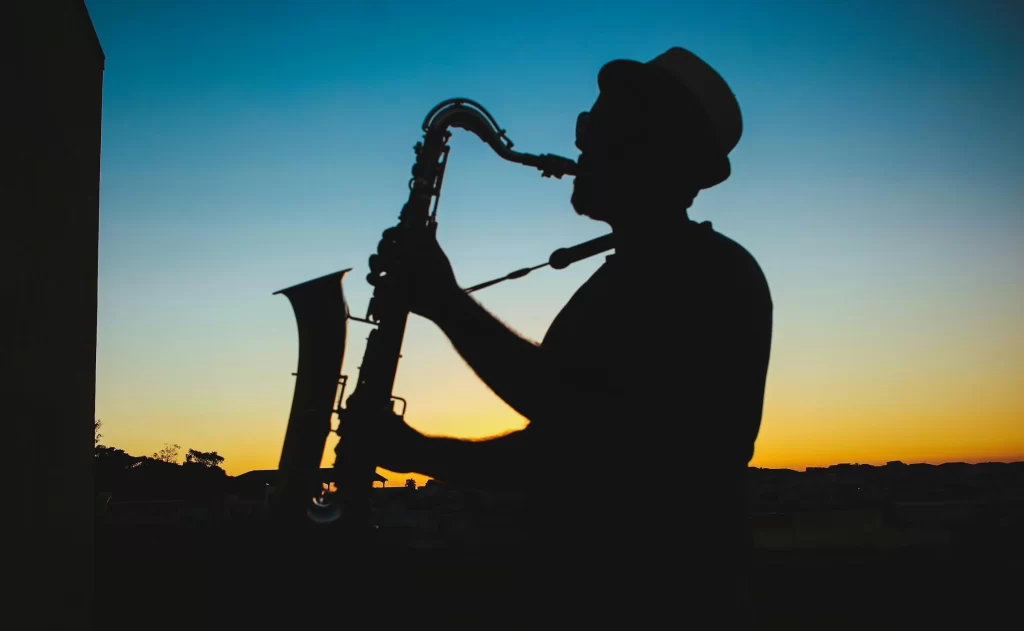
Bebop, Dixieland, Swing….as many genres as there are of jazz music, there are musicians that play them. Jazz had its heyday in the Princeton area in the 1920s and ‘30s, and though it may not be as prolific as it once was, it is still alive and well in 2024. The difference today is, if you want to hear it, you may have to seek it out, as the venue options have dwindled and changed. There’s certainly an older group of performers, nonagenarians playing in ensemble, there’s also a burgeoning group of younger musicians, 20-something’s playing alone or in a quartet, and everyone in between.
“I think the thread that runs through all of this is that everybody wants to play music, we just have a different story,” says 50-year-old jazz saxophonist, Tom Tallisch.
WHEN IT BEGAN
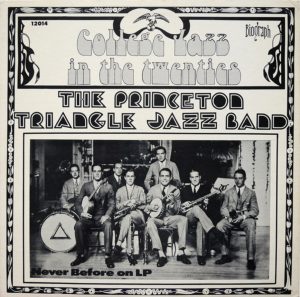 The story of jazz at Princeton is said to have begun at the university, and can be traced to around 1900, when some of the biggest names in jazz would come to perform in Princeton University Reunion’s P-rade. More formally, bands were created around 1920, when pianist Cecil Crouse started one. Several talented men started playing for the university’s Princeton Triangle Club theatre group, and in 1923, the Princeton Triangle Club Jazz Band was formed, allowing them to play their own jazz gigs. The musicians eventually toured the United States, recorded with Columbia Records and traveled the world growing their fan base. The membership shifted and band names changed, but jazz remained strong, even enticing renowned artists from NYC such as Bix Beiderbecke to come play with them. Performances at eating clubs including Colonial and Ivy were a regular occurrence.
The story of jazz at Princeton is said to have begun at the university, and can be traced to around 1900, when some of the biggest names in jazz would come to perform in Princeton University Reunion’s P-rade. More formally, bands were created around 1920, when pianist Cecil Crouse started one. Several talented men started playing for the university’s Princeton Triangle Club theatre group, and in 1923, the Princeton Triangle Club Jazz Band was formed, allowing them to play their own jazz gigs. The musicians eventually toured the United States, recorded with Columbia Records and traveled the world growing their fan base. The membership shifted and band names changed, but jazz remained strong, even enticing renowned artists from NYC such as Bix Beiderbecke to come play with them. Performances at eating clubs including Colonial and Ivy were a regular occurrence.
In the ‘40s, ‘50s and early ‘60s Princeton was still home to some excellent players, and Trenton became a hot spot for talent, with restaurants and clubs welcoming jazz music often. There were those that offered months-long gig commitments and others that just had players drop in, whether they lived locally or were passing through between the New York and Philadelphia scenes.
In 1974, the Princeton University Jazz Ensemble formed, to create a big band experience for the many matriculating students, including those that weren’t necessarily music majors. It still exists today, with faculty that are experienced, current performing artists. World-renowned alto saxophonist and composer Rudresh Mahanthappa leads today’s ensembles with other well-established faculty. They perform historic jazz through modern compositions. The groups don’t really perform much around town, but the genre is still very active on campus.
“The students play at the eating clubs with their own projects,” shares Mahanthappa. “The official jazz program ensembles perform on campus at either Taplin Auditorium or Richardson Auditorium. The top groups will also occasionally play off-campus, if an opportunity arises. We also have a jazz festival every April, that features both renown professional groups as well as student ensembles playing with prominent guest artists.”
Beyond campus, the number of traditional venues hosting live jazz music today are fewer, but there is an abundance of talent in Princeton and the surrounding communities that keep the music going.
PEOPLE BEHIND THE MUSIC
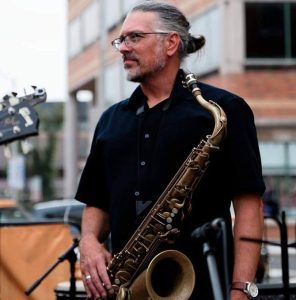
Tallisch is a local, accomplished professional musician, with 12 albums recorded on three different record labels. For decades he was part of the urban jazz scenes in Philadelphia and New York City and settled in Hopewell, NJ in 2017. When the pandemic hit, things changed. Tallisch took a day job (as music teacher at Princeton Junior School) and made performing his side gig.
“There aren’t as many venues, there are a lot of musicians. The rotations in these venues may be longer than before when there were more. I might play at one place now every 6 months as opposed to quarterly,” he explains. “When Covid came, restaurants closed and when they opened back up, everything closed earlier. Jazz clubs closed down; people didn’t go out. Down here, the restaurants that survived from the grants and loans, a lot of them didn’t bring music back because it was this extra expense.”
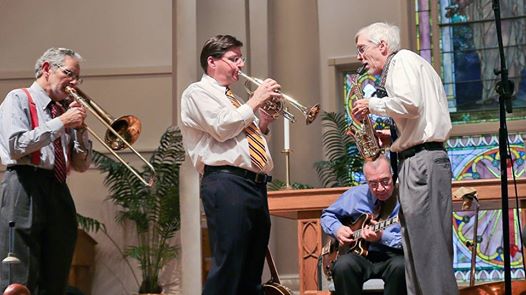
The local scene today appears to be largely made up of people like Tallisch, who either use their day job to get by or are retired and continue to play as a hobby or side job. Jerry Rife, a recently retired Professor of Music at Rider University, has also had a long career as a professional jazz clarinetist. Beyond his university job, Rife had a regular local gig, spending nine years playing every Friday night (418 performances!) with his group the Rhythm Kings at the now-closed Marroe Inn, in Lawrence. He still jams with numerous local and visiting professionals and with several bands. Mostly he plays with his Blue Skies Quartet (which includes Danny Tobias, Pat Mercuri & Pete Reichlin), a well-polished ensemble. They can often be found playing concerts across the river hosted by the Pennsylvania Jazz Society or in south Jersey and Philly coordinated by the Tri-State Jazz Society. There are monthly concerts as well as a once-a year open jam session.
In his role at Rider, Rife was integral in bringing the best-known jazz musicians to this area, including Dave Brubeck and Dizzy Gillespie.
“I called him [Gillespie] and asked him to come play, and he said yeah, I need $10,000 and a limo. So, I rode in the limo to get him at his house then rode back to Rider with him talking about jazz. He played 2 shows! He ended the first show with A Night in Tunisia – one of his greatest songs. Then he did a 2nd show and he ended that with Salt Peanuts. The band was made up of teenage kids that were monster players from New York, and it was amazing!” recalls Rife.
Since 1985, Rife has also been the conductor and musical director of Blawenberg Band, an old-fashioned John Phillips Sousa-type band that had its original start back in 1890 and is made up of professionals and amateurs as well. Some members of Blawenberg Band also enjoy playing Dixieland, which was a big draw for tuba player Tom Spain, one of the older musicians that grew up playing as a child then returned to it later in life.
“Some of them used to get together and play Dixieland after rehearsals on Monday nights and my fellow tuba player asked me to join them,” Spain shares. “He showed me how to play the chords to (Back Home Again In) Indiana and I really liked it. So, then I bought a record and sat in the basement and played along with those records and learned from them. It’s very informal.”
Spain and his partner, Nancy Kays, have additionally formed the Rivertown Vintage Jazz Band which performs the jazz of the 1920s and ‘30s.
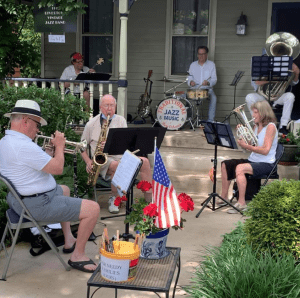
“I’m like one of the newbies, still learning trombone, but it’s been so fun performing with this band we put together that plays on our front porch,” Kays explains. “We started doing it with a traditional jazz band, they used to use the term dixie. In that tradition there are 3 people in front line, trumpet, trombone and reed player. The rhythm section, which is usually a banjo, drummer and tuba or string base. We started doing that with Scott Rickets, he would do arrangements, and we did this for about a year before the pandemic came. We did it a couple times a month, now we do about once a month. During the pandemic, we spread out down our sidewalk. We live in Stockton, NJ. We had all kind of people stopping by and we even got hired to play at Bucks County Playhouse because the executive director was riding his bike down the street!”
Rickets, a trumpeter in Rivertown Vintage Jazz Band, recalls warm weather months playing outside Princeton’s Thomas Sweet and Say Cheez on Nassau Street (a performance space that is no longer in use) as well as years of JazzFeast on Palmer Square, a September happening that was organized by New Jersey Jazz Society for several years, which brought five or six bands out to perform, often including national players.
THE YOUNGER CROWD
One of the up-and-coming younger musicians of the area, bass player Kai Gibson, is at the opposite end of the age spectrum. A 20-something, working his craft as one of the locals that is a fulltime performer. He was raised in Princeton, taught and encouraged by some other talented musicians who, like Tallisch, have made teaching their day job as well.
“I would attribute our early love for music to our professors. Directors like Joe Bongiovi, Steve Kramer and Dave Pollack showed us a love and desire for precision and perfection in our playing at an early age,” Gibson notes. “There’s a whole new wave of younger musicians coming up. And it’s not just to play music and show off or for money, it’s because they’re passionate about the music.”
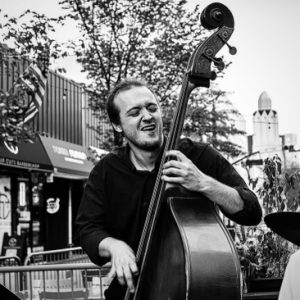
Gibson, several Princeton High School alumni including Liam Sutcliffe (trumpet), Caleb Eckstein (trombone) and Ilan Eisenzweig (guitar), and many other younger artists coming out of Rutgers and Temple University work the NJ/PA scene. Gibson has a regular gig nearby with singer Jill Ashcroft at Havana in New Hope, PA every Tuesday – one of the few local venues that offers regular jazz nights.
In Princeton, Lillipies Bakery welcomes jazz musicians for its Sunday Jazz Brunch Series and you can sometimes catch a group playing in the alley by Halo Pub or inside Witherspoon Grill. Beyond restaurants/clubs, today’s jazz venues are more commonly house parties, block parties, summer concert series and being part of events like Princeton Reunion’s P-rade or The Arts Council of Princeton’s Porchfest. There’s also a good deal of church or nursing home gigs, and jobs playing pit for musical theatre.
If you leave the municipality, Candlelight Lounge, a holdover from Trenton’s big jazz days has been a well-known spot but is soon closing. It is not too far from what was once a popular jazz destination, Joe’s Mill Hill Saloon. Jazz stopped there in Covid, but under new ownership, the now Mill Hill Restaurant and Lounge is expecting to bring it back later this summer. If you cross the river, you can find some great music at Rosetta’s Jazz Café in Morrisville, PA as well as a growing jazz scene north of here in New Brunswick.
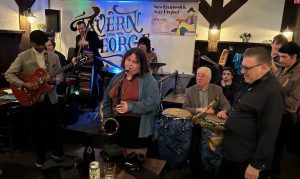
In 2010, Jimmy Lenihan, Virginia DeBerry and Michael Tublin started the New Brunswick Jazz Project to bring music to town. By respecting the artists, creating connections and forming relationships with the city of New Brunswick and Tavern on George, they have been part of a developing jazz scene that today offers emerging artists performance opportunities every Tuesday night, with “heavy hitters” playing every Thursday.
“As we developed a following, we realized that we had created a special community of music lovers – that gave us the strength to persevere through all the challenging times,” Lenihan details. “Now we are established, with a strong track record and resources to put on festivals and present some of the top music in the jazz world.”
Now that the weather’s warmed up, there will be an abundance of outdoor performances to enjoy. At times, you might see a mix of the emerging and experienced artists, jamming together. The elders love to play with the young talent, and both seem to find benefits of playing with the other. For example, Gibson and his friends encouraged their elementary school band teacher, Kramer, to get back out and play live, and now they perform gigs together.
BRING ON THE JAZZ
If the musician in you wants to hear live jazz or your inner artist is seeking to come out, you can get some inspiration at places like Live at Lew’s, at the home of Princeton resident, Lew Maltby. He is known to host concerts, opening his house to the interested public. There are offerings of wine and cheese, and he collects a small fee to pay the artists – some of the best. To play yourself, you could head up to Frenchtown where there’s an opportunity, organized by Mike Green, to just show up and jam. There’s no pay but he always has snacks and musicians appreciate the food.
Jazz may have had its heyday in Princeton in the 1920s and ‘30s, but it surely is alive and well in 2024. Whether amateur or professional, in the form of acid, avant-garde, cool or some other jazz genre you may prefer, go out and find what the greater Princeton community is providing.
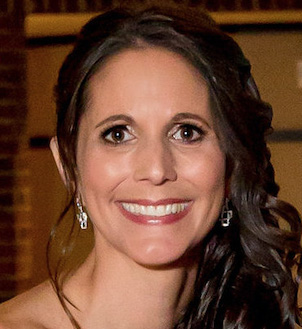
Lisa Jacknow spent years working in national and local news in and around New York City before moving to Princeton. Working as both a TV producer and news reporter, Lisa came to this area to focus on the local news of Mercer County at WZBN-TV. In recent years, she got immersed in the Princeton community by serving leadership roles at local schools in addition to volunteering for other local non-profits. In her free time, Lisa loves to spend time with her family, play tennis, sing and play the piano. A graduate of the S. I. Newhouse School of Public Communications at Syracuse University, Lisa was raised just north of Boston, Massachusetts but has lived in the tri-state area since college. She is excited to be Editor and head writer for Princeton Perspectives!
